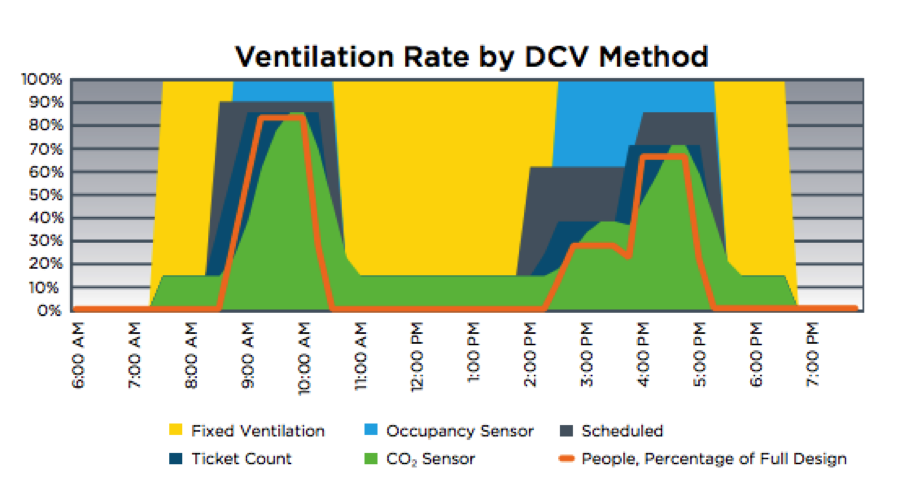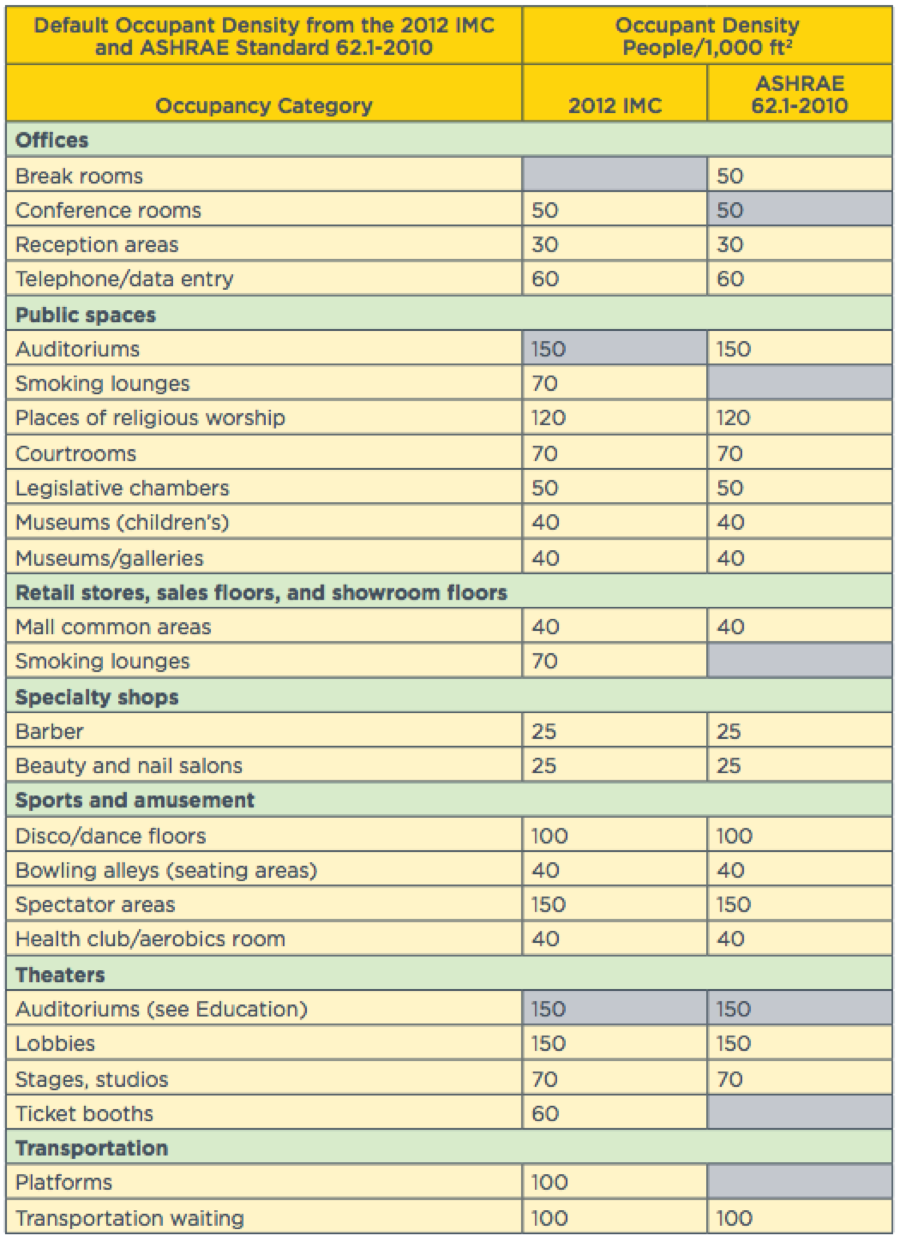What’s the Real Difference Between CO and CO2?
In the past few years, there has been a lot of media attention brought to carbon monoxide (CO), as well as carbon dioxide (CO2) and their affect on occupied spaces and indoor air quality. Both are colorless and odorless gases that can have a negative impact on building occupants. However, be sure you know what sort of activity is happening in the space to accommodate the most appropriate sensor.
A Kele Product Manager states it simply, “CO is a car and CO2 are people.” He tells a story about moving into his new home this spring and discovering that the previous homeowner had installed CO detectors in the attic, right next to the electric water heater and the electric HVAC unit. Umm…someone watched the morning news! “Keep your family safe and make sure you know if they are at risk for high levels of carbon monoxide in your home.” Some consumers, out of misinformation and fear, install them in their homes and businesses to protect their families and visitors from this deadly colorless and odorless gas. However, many could have saved their time and money. Carbon monoxide will not be present in a space unless there is incomplete burning of various fuels, including coal, wood, charcoal, oil, kerosene, propane, and natural gas. Therefore, the electric equipment in the attic didn’t need those detectors. The types of equipment that could produce CO include any equipment powered by internal combustion engines such as cars, portable generators, lawn mowers, and power washers. So, a wood shop or environment in a garage with gas-powered equipment running throughout the day would need CO detectors installed. In environments that only have electric equipment, like our product manager’s attic, actually don’t. Oddly enough, we have had reports that many local codes actually DO call for CO sensors in unlikely places, like hotel rooms. This has been most often mentioned in the Northeast. As always, check your local code books for what is mandatory in your area.
More often, in the building automation industry, your customers will be in need of a carbon dioxide detector in occupied spaces such as classrooms, offices, meeting halls or auditoriums. It’s an old science, but demand controlled ventilation has proven the front-runner for saving costs and efficiencies in keeping occupied spaces comfortable with CO2 detection. Please see the comparison of methods for controlling indoor air quality below:

As you can see, in looking at the orange line, which indicates the flow of persons in the space, the CO2 sensing method most closely mimics their occupancy of the space. It’s been the preferred method for controlling the air mix for so long, you may have never stopped to consider what other alternatives a company might have, other than just setting the thermostat for particular hours of business or running it full blast all of the time.
As you’re engineering and installing these systems, take a moment to check out this quick checklist borrowed from ASHRAE (the American Society of Heating, Refrigeration and Air-Conditioning Engineers), to make sure you are in compliance with the ASHRAE Standard 61.1-2010 and 2012 IECC for occupant density spaces, and take these into consideration while planning your jobs.

This next table below lists the default occupant densities by occupancy category from the 2012 IMC and ASHRAE Standard 62.1-2010 for high-density occupancies. Greyed areas are blank where the category exists in one ventilation standard and not the other. Greyed areas with numbers show the values from separate “referred to” or similar category groups in the same standard.

So, as a reminder, CO most likely won’t be in an office space, and unless you’re hosting a sardine party in your garage, you won’t need to sense CO2 there. In the words of our Kele Product Manager,“CO is a car and CO2 are people.”

